ISABELLE LE MINH ▼▼▼ WORKS
TRAUMACHROMES
2019
--------------------------------------------------------------------------------------------------------
20 pigment prints on habotai silk, white forex frames
135 x 135 x 5 cm
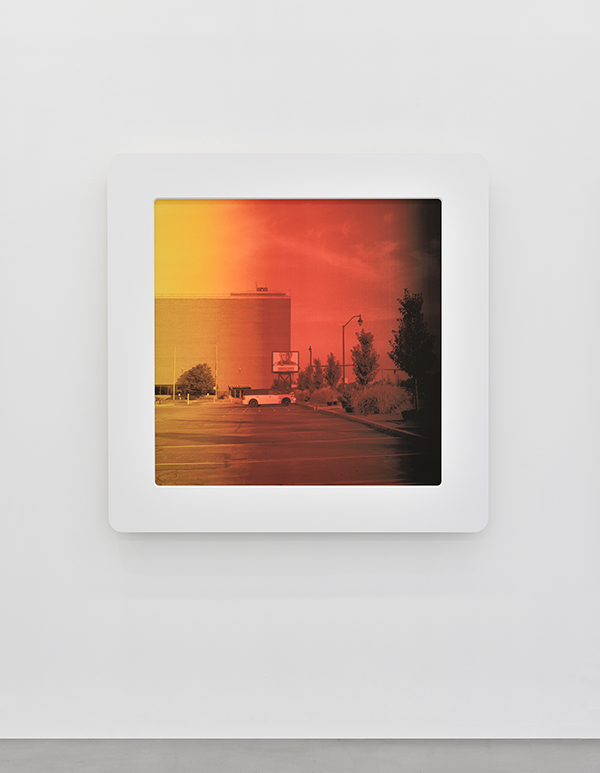
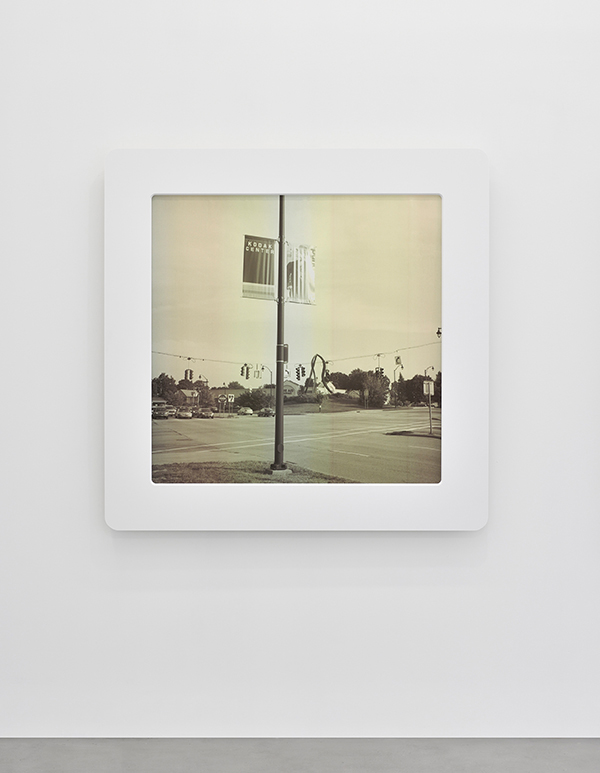
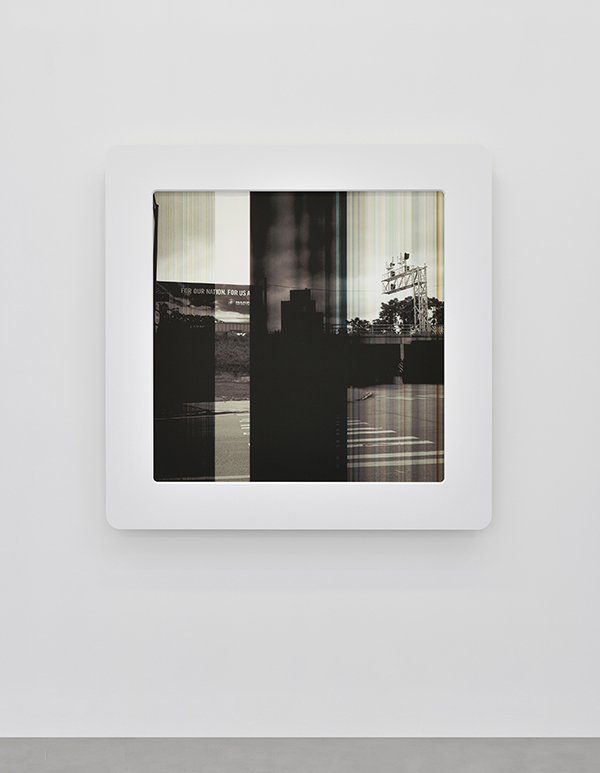
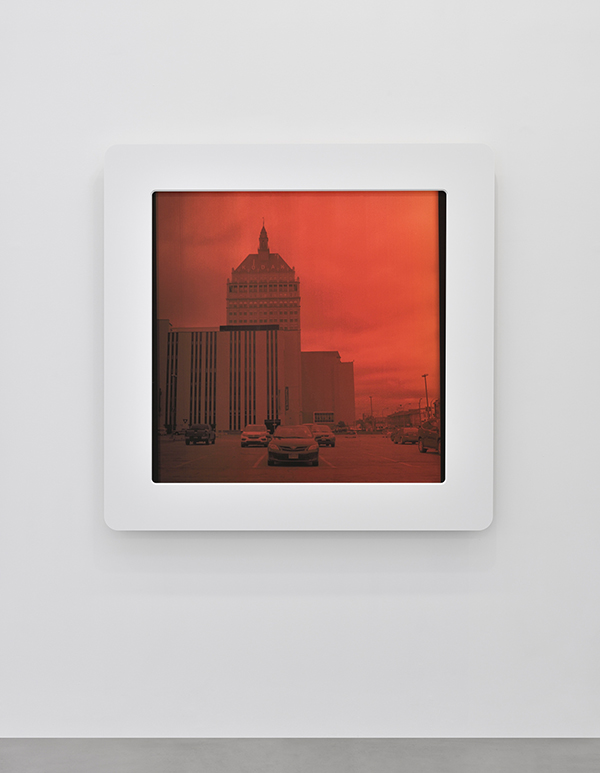
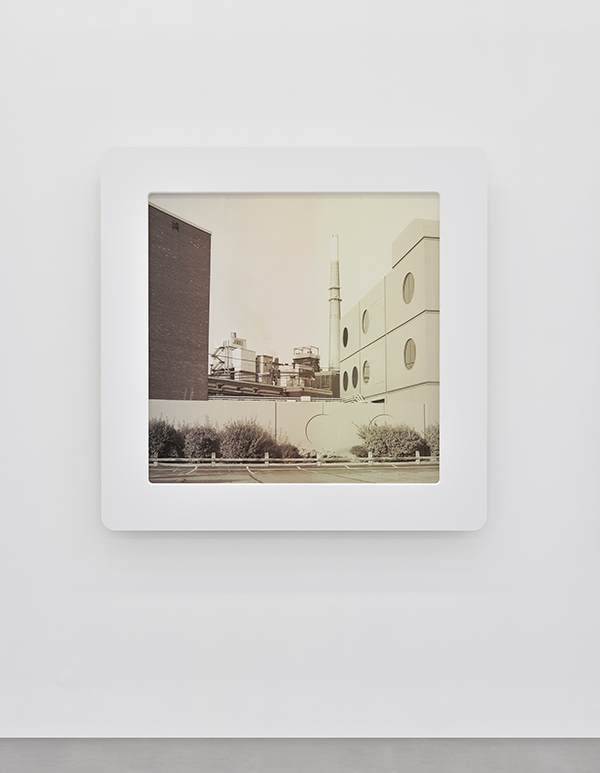
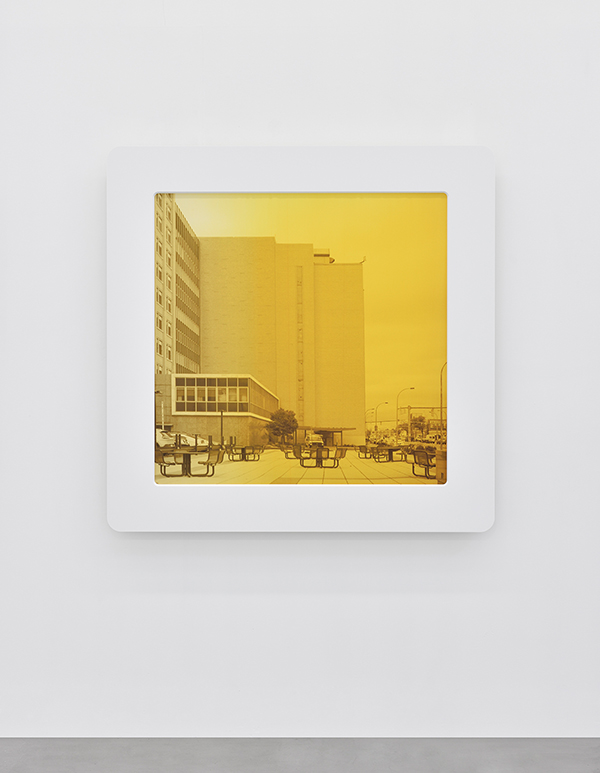
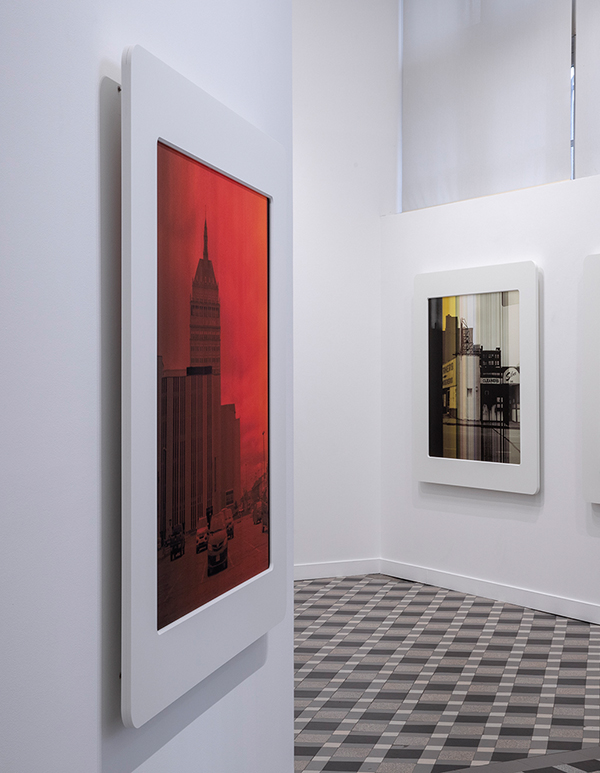
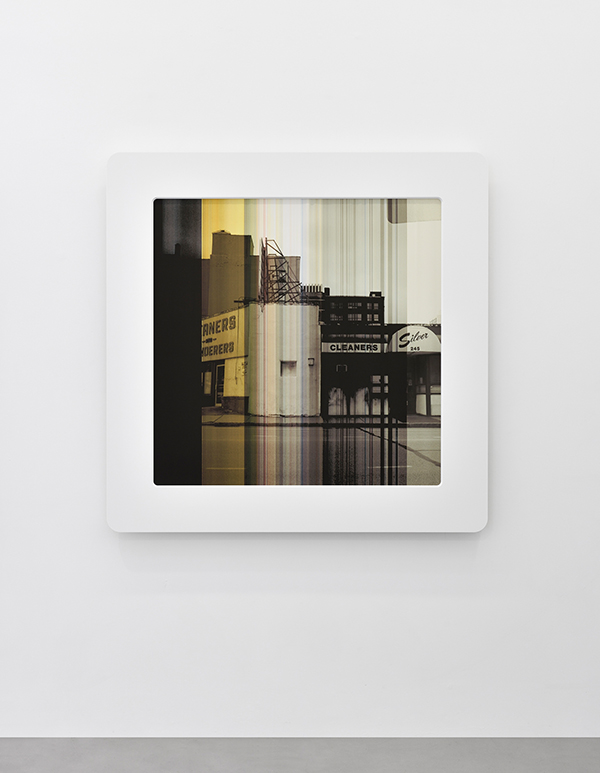
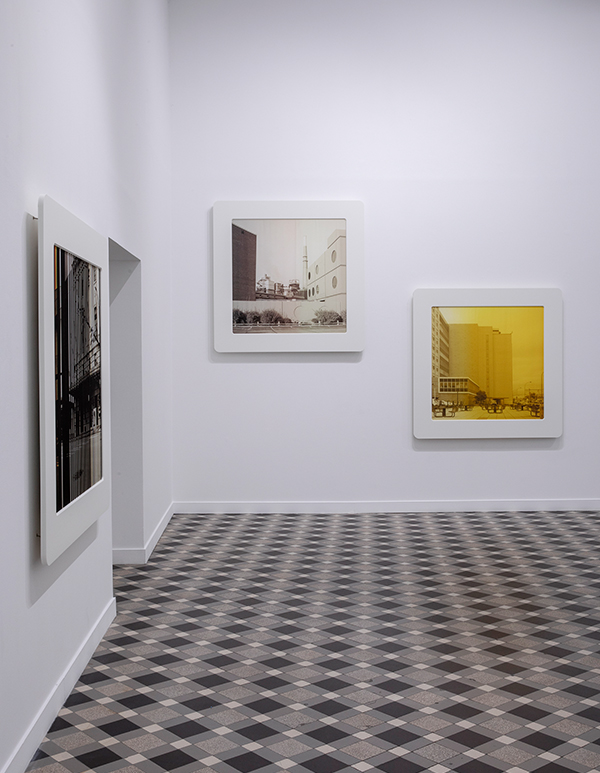
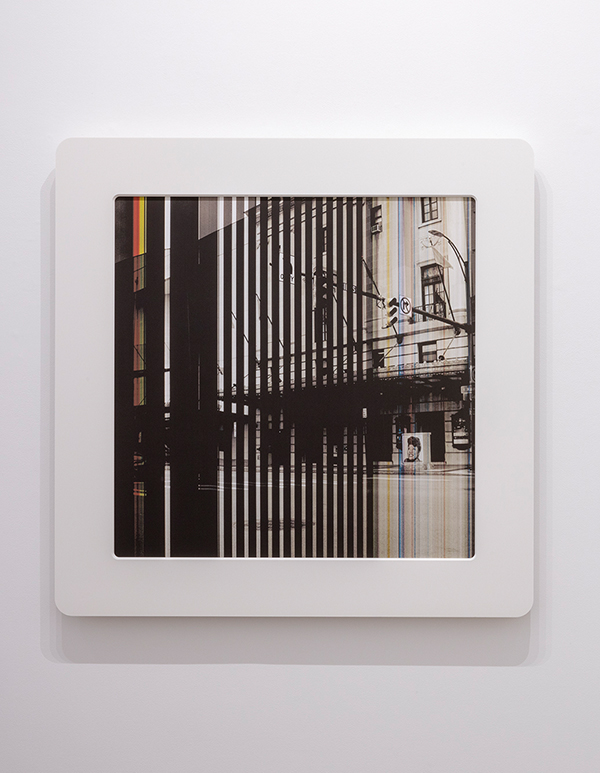
Recently, Le Minh visited Rochester in upstate New York. This city, historic seat of the Kodak company founded by George Eastman in 1892, was for a long time home to a flourishing industry involving the production of film for still and motion picture cameras. The celebrated Kodak trademark faced steep competition from new technologies and suffered a gradual decline, leading to the company's bankruptcy in 2012. It belongs to an era since referred to as "pre-digital." Stripped of all but a few remaining factories, Rochester bears the stigmata of this fate. But in the urban views of Le Minh's series Traumachrome, the phantom of the inventor continues to hover over the city: the images, initially produced with analog film in black-and-white, were charged with a spectral presence in the course of their digitalization. Saturated in color – the very colors which constituted the glory of the Kodachrome process – her images are mysteriously hatched by color bars recalling the technical accidents which, in early photography, nourished the superstitions of spiritists. Previously, those who wanted to saw, in the blurry light effects caused by inadvertent double exposures or poorly cleaned photographic plates, faces and silhouettes of the dead. Here it is glitches generated by the scanner which evoke the apparition of Rochester's famous inventor.
The artist initially intended to let these views of the city – captured on Tri-X, the most popular of Kodak's films – decompose chemically and thus represent a kind of tautology: the decline of film as a medium rendered tangible by the deterioration of its substrate. The vagaries of the scanner's functioning, however – unless it was the ghost of George Eastman – did her work for her: the flamboyant tints that appeared give new life to this technology, which while obsolete remains vivid in our imagination. For Le Minh, these changes recall the discolorations that occur when photographic slides are exposed to light for too long. This led her to frame the pictures in Forex, on the model of slides.
What do we see in these images? Disused buildings, deserted streets, moot slogans, proud chimneys that still reach for the sky but no longer smoke. A dream that has been extinguished. Nevertheless, the myth endures: one can almost mistake these electric wires stretched across an intersection for the lines that once hung in dark rooms, to which strips of film were fixed with clips for drying. Or this gradation of pinks and oranges for a postcard sunset. While her point of departure is an homage to a city and a brand, Le Minh builds through layers of meaning a work on the evolution of photographic techniques and practices that includes numerous mirror-images of itself in cameo, thus evoking the way in which technologies interact, dovetailing and influencing and spilling over into each other.
Sonia Voss